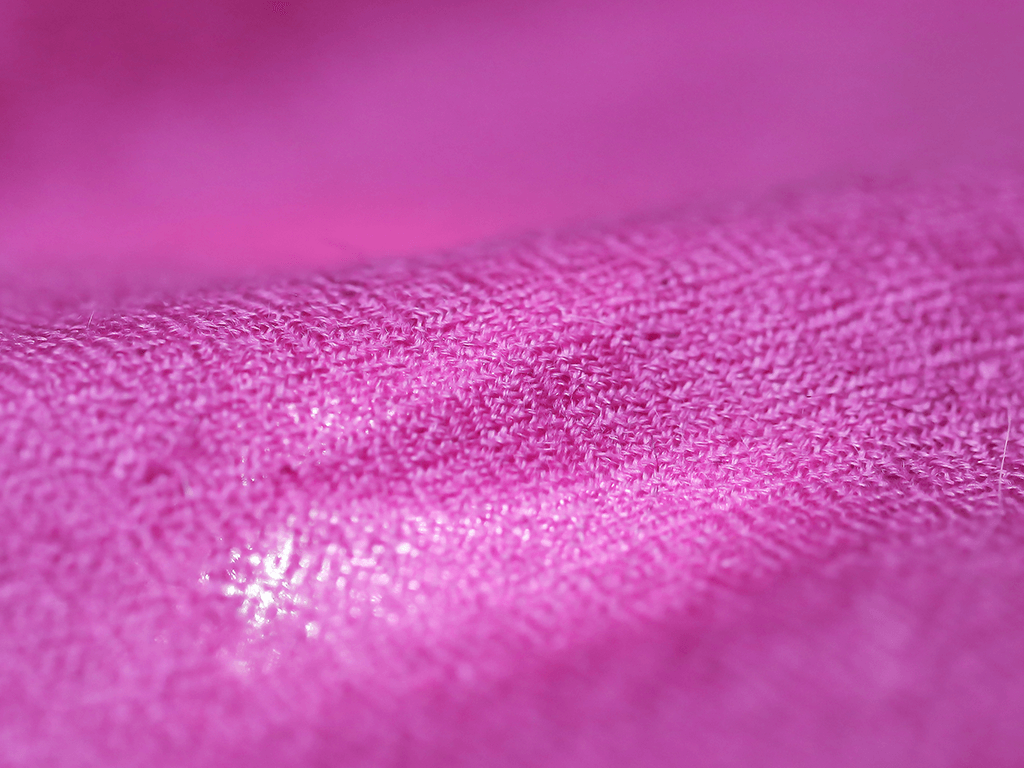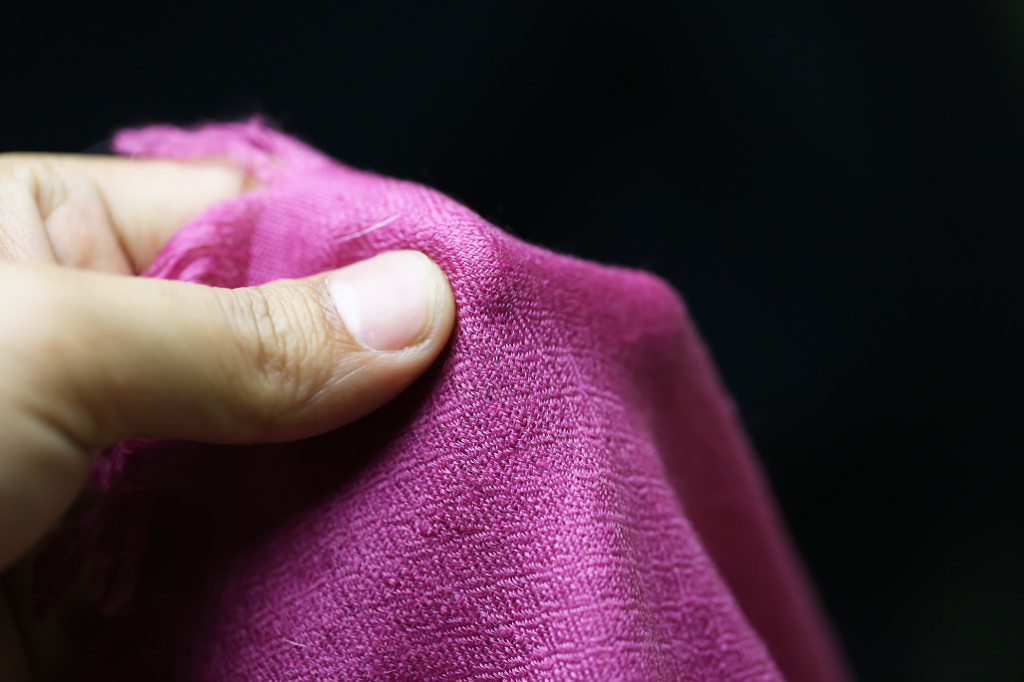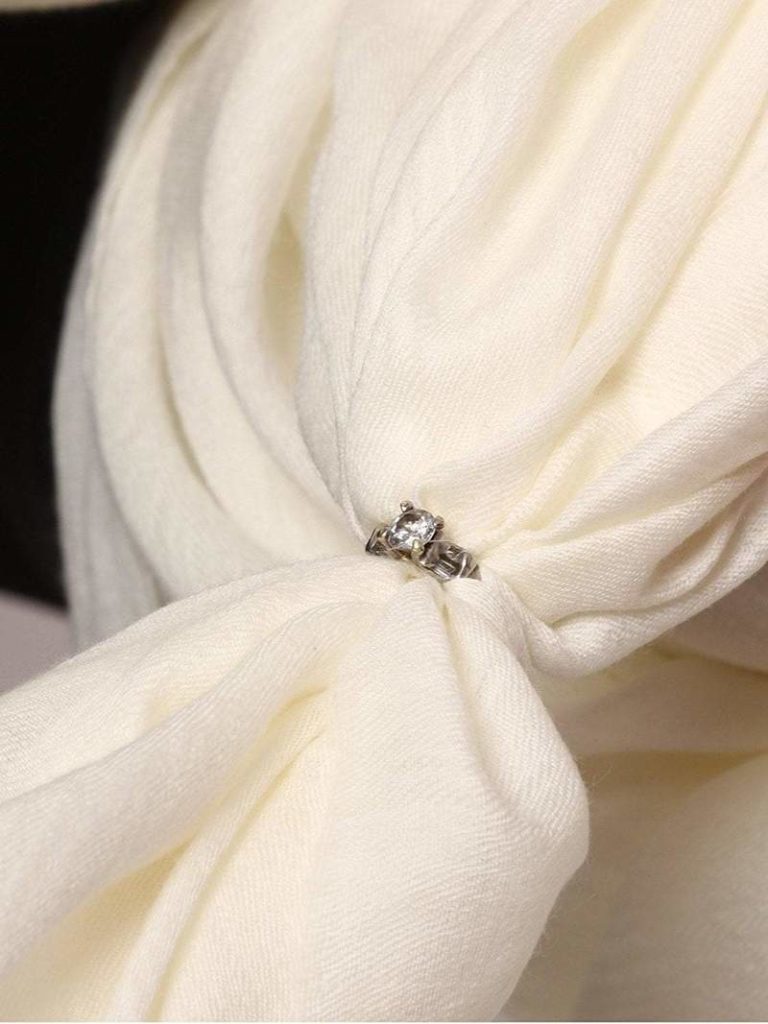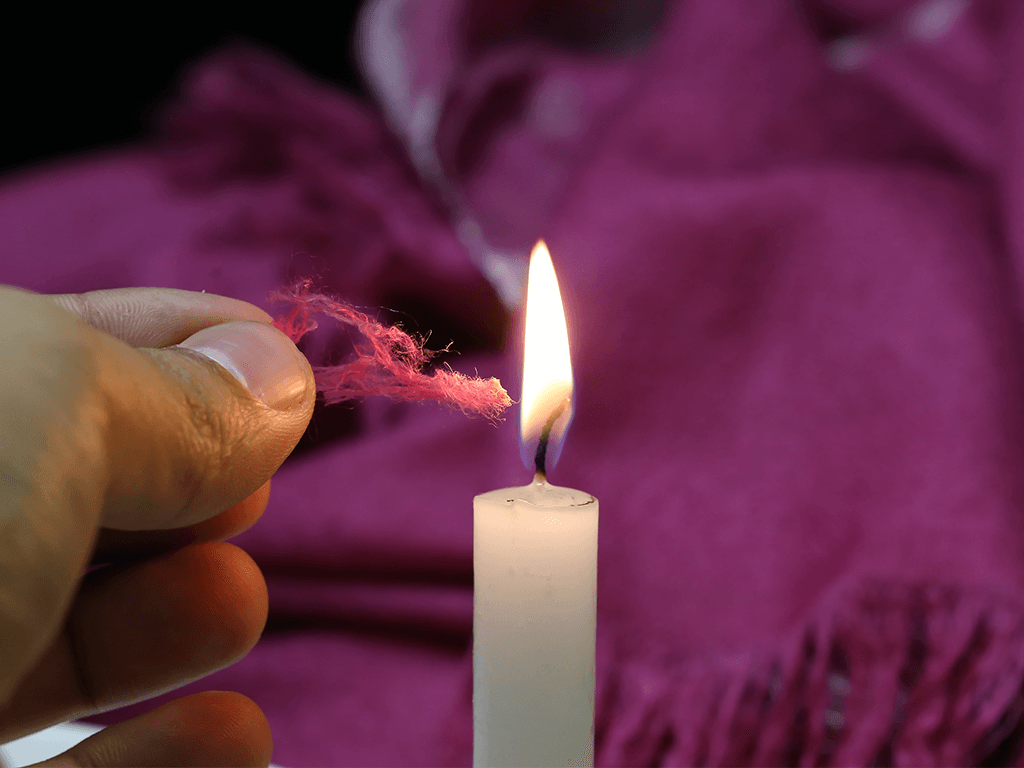To own a handwoven authentic Pashmina shawl from Kashmir is the dream of every woman with great taste. Though this soft-to-touch luxury fabric can be an excellent investment, it can still be tricky to find, and even trickier to identify the genuine Pashmina fabric.
There are a lot of sellers that add synthetic material to Pashmina and many people all over the world are misusing the term “Kashmir Pashmina”. Fake Pashmina products are everywhere with Chinese variants of Pashmina made of a mix of Pashm, nylon, and viscose fibers.
What is Pashmina?
Cashmere, the finest fiber is used to make Pashmina as light as a feather, yet strong enough to withstand the harsh and cold temperatures. Cashmere gets its name from its origin, the beautiful valley of Kashmir (hence the name Cashmere). The word “Cashmere” is used both for the wool and for the piece of clothing produced from it.
The finest kind of Cashmere is Pashmina that offers warmth, comfort, and luxury.

What makes Pashmina unique is that the wool is available for a limited time every year from very high altitude mountainous regions of Himalaya. This is the reason that makes Pashmina a luxury with high price tags justifiable owing to its high quality.
How to Identify Pure Pashmina Shawl?
Those searching to buy real Pashmina can take the help of some pointers that show the purity of the fabric so that they do not end up buying a fake product.
Here’s how:
I. The Weave Against The Light Test
Using traditional methods to spin, weave, and dye gives Pashmina an exceptional value and also results in inconsistencies in the final product. These inconsistencies make each article unique, and thus considered adding value in terms of its beauty and rarity; also a sign of genuine Pashmina.

The weave of a Pashmina shawl provides you with enough information to know about its authenticity. If you place your Pashmina against the light, you will see an irregular weave. Pure Pashmina is woven on handloom or a paddle loom, so the weave is often inconsistent and irregular.
II. The Rubbing Test
Static electricity builds up within polyester or acrylic fibers and small sparks will appear if you rub some polyester or fiber material. Rubbing the fabric may seem strange, but understanding the basics of rubbing, you can use this test to determine if the shawl is made of animal fiber.

It is not authentic Pashmina if the shawl you are checking produces tiny sparks on rubbing. You can also notice if it attracts tiny objects and dust being charged.
III. The Ring Test

The ring test basically is a simple test that entails passing the pashmina shawl through the ring. As pashmina is famous for its softness being the finest fabric in the world, it will easily pass through the ring.
IV. The Burn Test
To perform the burn test you do not have to ruin the shawl. You may only pick up one thread from the fringes which will surely suffice for the burn test without damaging the fabric. All you have to do is place the thread on a surface and set it on fire. Check the ashes with your fingertips and smell the odor of the burnt fabric.

It is most definitely real pashmina if you get a burnt hair odor and the ash turns out to be a powdery material. Another thing to keep in mind is that, after the burning, an actual material feels matte, just as it did before the burning. You’ll know it is a fake if it feels and smells like viscose. Many vendors use this test to ensure the authenticity of Pashmina shawls.
V. Pilling or No Pilling
Pilling is a major annoyance, and excellent products do not have it. If you believe this and are searching for a Pashmina that is guaranteed to be non-pilling, you are almost certainly buying a fake. Pilling is an unavoidable characteristic of animal fiber materials. If there is no pilling on the shawl, it is most likely a synthetic product.
Authentic Pashmina Only!
For generations, Kashmiri weavers have produced exquisite shawls, but their art is at risk of extinction because of cheap imports and a young generation more interested in other jobs than learning the craft.
These simple tests we outlined will help you differentiate authentic Pashmina from a stock of fake shawls.
To learn everything about Pashmina click here
Beware of fake; go for authentic Pashmina!
